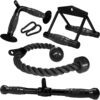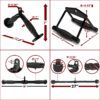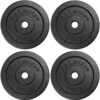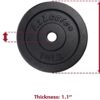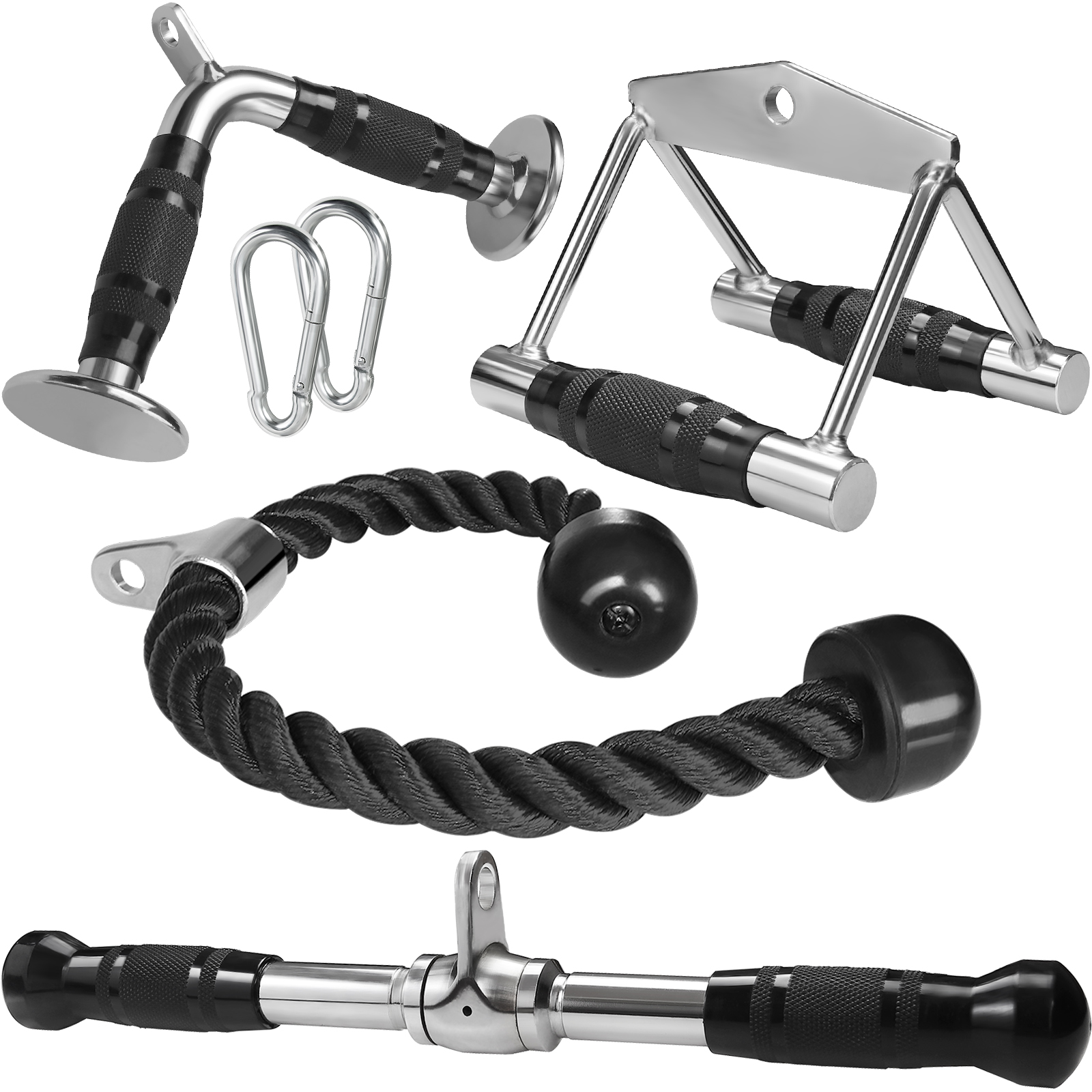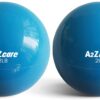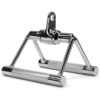5 Things to Remember When Returning to the Gym After COVID-19
There’s no question that health and wellness are essential, and for many, the gym is central in obtaining and maintaining optimal health and wellbeing. COVID-19 forced many exercise enthusiasts to consider life outside the four walls of their local clubs. While many have found new ways to get moving, others are desperate to get back to the gym. If that sounds like you and you are lucky enough to have the opportunity, here are five things to keep in mind when you head back to your gym or health club.
1. Do Your Research
Learn more about what your club has done during the closure and what policies have been put in place for your safety, as well as the safety of its employees. You can generally find this information on the club’s website or social media channels; if it’s not there, make a phone call or arrange a face-to-face visit and ask about:
- What deep cleaning took place during closures and the new cleaning and disinfecting policies that will be in place (e.g., what products are they using, how often areas are cleaned, who is responsible for the cleaning)
- Capacity limits and if reservations are needed for the gym as a whole or the specific area where you plan to spend your time (e.g., group fitness studio, weight room floor, functional area, cardio equipment)
- What entry policies are in place for employees and exercisers to help decrease the spread of the virus (e.g., temperature scans, daily health questionnaires, signs and symptoms, tracking of those using the building at the same time in case a member reports being diagnosed after exercising on site)
- How policies for staff and patrons will be enforced
Being able to clearly answer these questions is a positive sign that your gym or health club has done its due diligence, but you’ll still want to proceed with caution. On your first day back, carefully observe staff and patron behavior to see if what is proposed aligns with the club’s day-to-day reality.
2. Consider Covering Up
Wearing a face-covering in public is recommended. At the very least, wearing a face covering will help you avoid touching your face after coming into contact with equipment or surfaces in the gym. While equipment is sure to be spaced out, certain places in a gym present more of a challenge when trying to avoid entering another’s air space. With exercise, the rate of respiration is sure to be elevated, which seems to increase the risk of transmission.
Most people can perform regular workouts while wearing a face-covering, even if it is uncomfortable. However, if you have a pre-existing respiratory or cardiovascular condition, you should take caution. High-intensity exercise is another exception; for these types of workouts, you might consider taking your sessions outdoors or to a solo location so you can exercise without the mask.
You’ll also want to ease back into exercise if doing so with a face covering. You might find that your RPE (rating of perceived exertion) are higher than usual while wearing a face covering. Allow time for your cardiorespiratory system to adapt by gradually increasing your exercise intensity during your first few weeks or workouts, and be sure to monitor how you feel in a variety of ways and reduce your intensity if you feel dizzy, lightheaded or short of breath.
3. Be Time and Space Conscious
Most facilities are using reservation systems for entry and exit times, equipment usage and classes. If your club is not, try to schedule your workouts when it is naturally less crowded. Alternatively, seek out other facilities that utilize reservations, have more space or fewer members.
The less time you spend in the gym, the less exposure you will have, so get in and get out. Be prepared to use minimal areas of the club and as few pieces of shared equipment as possible. Equipment should be spaced apart, and a minimum of 6 feet of distance between members should be maintained. Be sure to avoid natural congregation points (e.g., restrooms, front desk, outside studios).
4. Sanitize, Sanitize, Sanitize
Although the club takes care of facility and equipment cleaning, you should take control of your personal sanitizing. Start by using hand sanitizer in the car after putting on your mask and before entering the building; after check-in, rewash your hands.
Bring your own supplies (e.g., hand sanitizer, disinfectant wipes) and sanitize any equipment before and directly after use. Weight-lifting or surgical gloves, though not required, may give you peace of mind. If you need mats, bands, stretch straps, foam rollers or similar high-use, hard-to-clean equipment, consider investing in your own to bring with you or use at home.
5. Consider the Risk and Alternatives
Exercise good judgment and do what’s right for you.
If you are uncertain about returning, have underlying health conditions, worry about being in frequent contact with others who are at high(er) risk whom you could possibly affect, take your time in returning. Keep in mind, there are other ways to get moving!
It has never been easier to find at-home exercise options, whether it’s walking in your neighborhood, riding a bike, using an exercise app, or taking video-on-demand or live-streaming classes. Ask your club how they are supporting exercisers from afar. You can also tap into your personal network, as friends, colleagues, family and Facebook groups are likely to have a few ideas for you.
Source: acefitness



